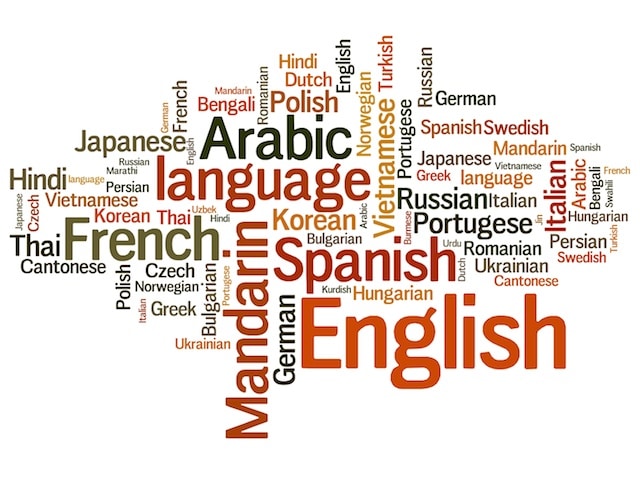BURMESE LANGUAGE
Understanding The Burmese Language & Providing Professional Burmese Interpreters, Translators and Transcriptionists
American Language Services? (AML-Global) understands the importance of working in the Burmese language. For over a Quarter of a Century, American Language Services? has worked with the Burmese language as well as hundreds of others from around the world. We offer comprehensive language services 24 hours, 7 days a week worldwide by providing Burmese interpreting, translation and transcriptions services along with hundreds of other languages and dialects. Our linguists are native speakers and writers who are screened, credentialed, certified, field tested and experienced in a number of specific industry settings. The Burmese language is unique and has very specific origins and characteristics.
The Colloquialisms of The Burmese Language
The Burmese language is classified into two categories. One is formal, used in literary works, official publications, radio broadcasts, and formal speeches; the other is colloquial, used in daily conversation. Consider formal Burmese to be a separate language from colloquial Burmese. The written and prestige form of Burmese has undergone only a few changes and tends no to accommodate the colloquial phonology of standard Burmese today Understanding the differences between these two is paramount if you are trying to give a professional speech or important business proposal and, likewise, understanding the local colloquialisms is paramount to communicating effectively with locals. American Language Services prides itself in providing master interpreters who specialize in both forms of the language to suit your specific needs.
Burma, Thailand and Modern Tourism
Spoken in Burma and Thailand, Burmese is a widely used language among Indochina republics and countries. Burma is the largest country geographically in mainland Southeast Asia; the People’s Republic of China borders the country on the northeast and Thailand on the southeast. The countries culture is heavily influenced by its neighboring republics and based on Buddhism. The country is controlled mainly by its military and is within the “golden triangle” of opium production. Despite this, Burma is a beautifully rich country full of history and wonder. A diverse range of indigenous cultures exists in Burma, the majority culture is primarily Buddhist and Barnar, however, British colonial rule also introduced western elements of culture to Burma. Its educational system is modeled after that of the United Kingdom. Although there continues to be political strife within Burma but its natural treasures and dedication to improving safety makes Burma a destination to behold.
Different Dialects Pertaining to Burmese
Like most languages, Burmese has a variety of different dialects spoken in Burma. Despite its upper Burmese origins, the standard dialect of Burmese today comes from Yangon, because of the largest city’s media influence. Still, most differences between Yangon are not in the accent or pronunciation but in the vocabulary usage. The majority of Burmese vocabulary is monosyllabic, especially those loaned from other languages since Burmese has been influenced greatly by Pall, English and Mon. Today, Burmese government tries to limit the use of western vocabulary in the Burmese language but certain words, phrases and constanants still remain. It is because of this that a translator well versed in the varied dialects be used for any professional translation service in regards to the Burmese language.
Who are You Going to Trust with Your Vital Burmese Language Needs?
The Burmese language is an important language worldwide. It is vital to understand the general nature and specific idiosyncrasies of Burmese. Since 1985, AML-Global has provided outstanding Burmese interpreters, translators and transcriptionsts worldwide.
























